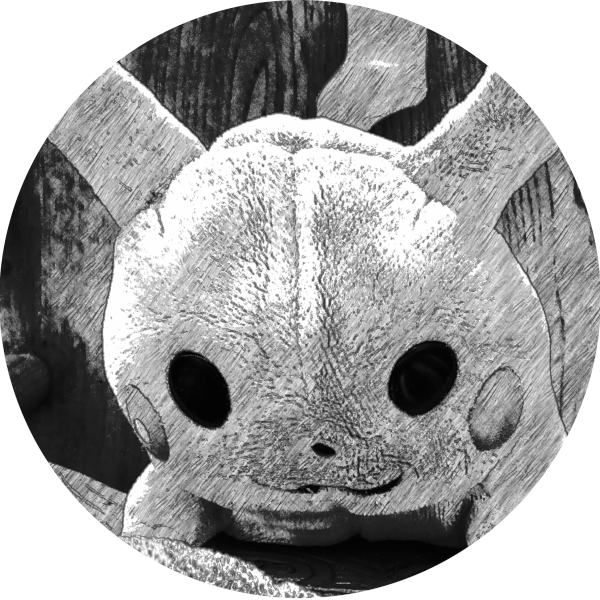Currently, I am enrolled in a Calculus course named Calculus and Introductory Analysis II this semester where I get to revisit various concepts of Calculus such as integrations. While I have done calculus many years ago, I never appreciated the subject nor was proficient in the subject.
There is a concept called Integration by Parts which is derived from the product rule that was taught in Calculus I. What piqued my interest was a technique of isolating the integral when a repeating pattern occurs whereby the integral of $u^\prime v$ (i.e. $\int u^\prime (x)v(x)dx$) is the same as the original question. This may seem like you are stuck in a loop. But this is actually a step closer to the final solution. Similar to solving for x in a normal math expression where x is the unknown, you can treat the original integration question as a variable such as I and solve for I to find the integral of the function.
For instance, let’s consider the following problem:
\[\begin{equation*} \int \sin(x)\cos(x)dx \end{equation*}\]Using integration by parts involves picking one term as u and the other product as v’ (the derivative of v). In this simple example above, it does not matter whether you pick sin or cos as u. I will arbitrarily choose u to be sin(x) and v’ be cos(x). That would mean u’ = cos(x) and v = sin(x). So the next step is to plug those terms into the integration by parts formula as shown below:
\[\begin{align*} \int \sin(x)\cos(x)dx &= uv - \int u'vdx \\ &= \sin(x)\sin(x) - \int \cos(x)\sin(x)dx \end{align*}\]Now we are stuck because the term under the integral is the exact question (i.e. the same function) we are trying to solve for. If we were to continue, we would find ourselves in a loop. This is where setting the function we are trying to integrate for as a variable (just for simplicity but you could just leave it as is) which I will say is I (i.e. $I = \int \sin(x)\cos(x)dx$) and solve for the variable as seen below:
\[\begin{align*} \int \sin(x)\cos(x)dx &= \sin^2(x) - \int \sin(x)\cos(x)dx \\ I &= \sin^2(x) - I \\ 2I &= \sin^2(x) \\ I &= \frac{1}{2}\sin^2(x) \end{align*}\]